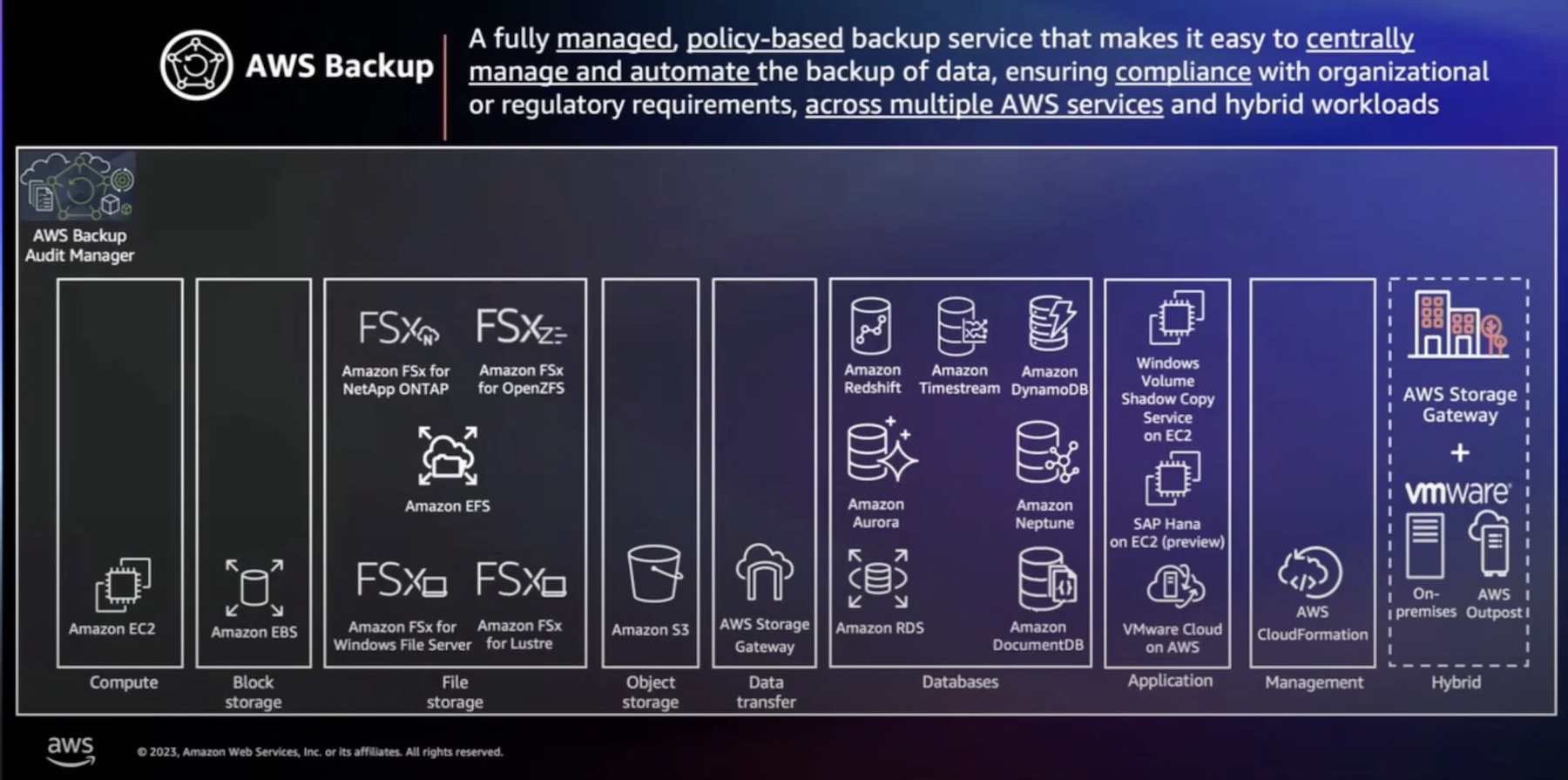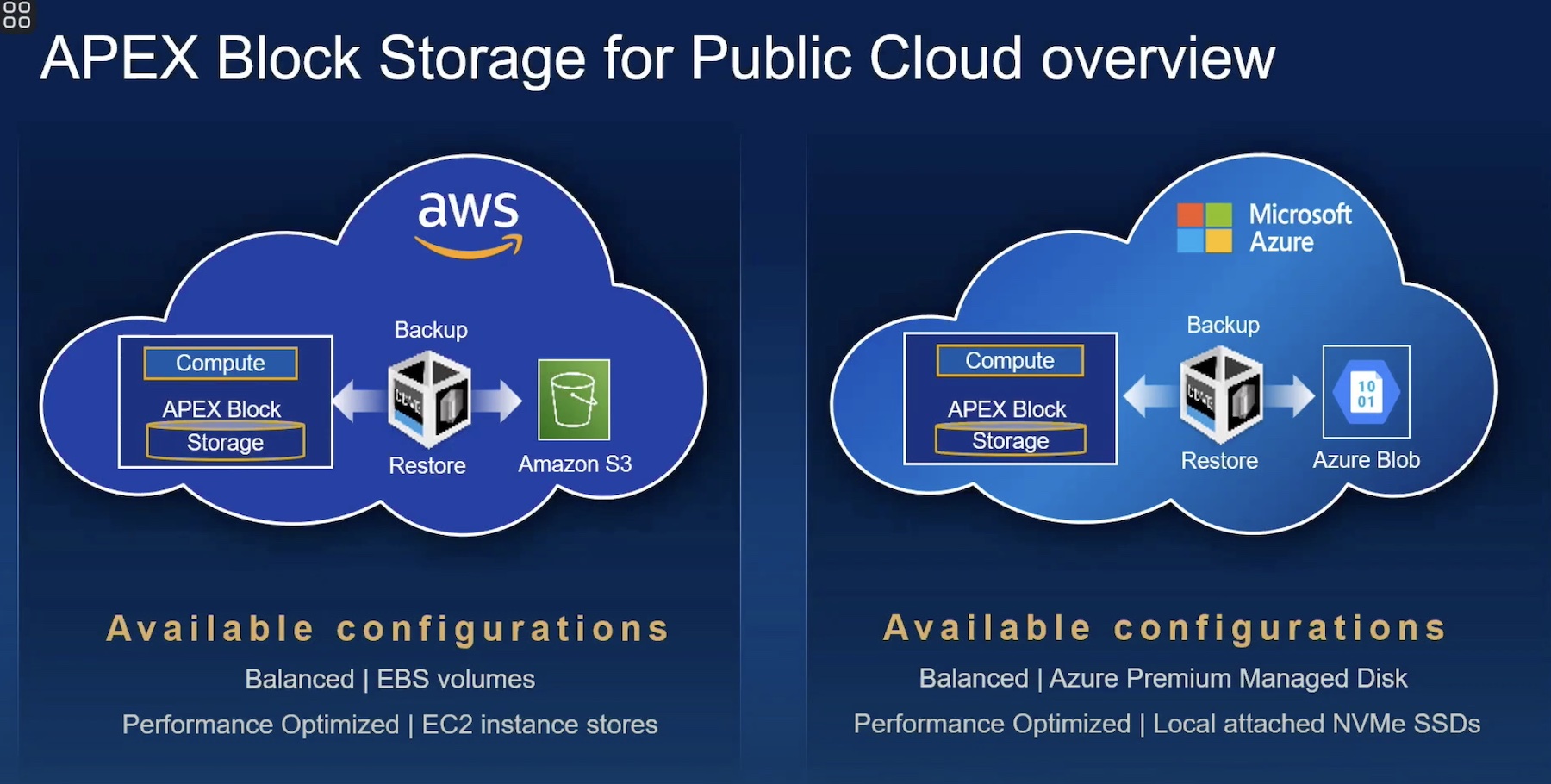Layer 2 of the OSI model is the bane of my existence. Sure, it’s necessary for networking to do the job it was designed to do. It’s the layer that Ethernet lives at. It’s important in every sense of the word because it’s how stations exchange data, whether it’s client and server or router and edge device. It’s a big deal.
Except when it becomes a crutch. Over the years networking professionals have been asked repeatedly to do things at Layer 2 in order to make applications work. Think about things like First Hop Redundancy Protocols (FHRP). Why do these types of things exist? Is it because applications aren’t smart enough to understand how to ask for a new MAC address when a gateway changes? Or is it because networking magicians really like adding unneeded complexity to their designs?

Ivan Pepelnjak brings good news about the end of Layer 2 however! It’s non-existent in the public cloud. In fact, most of the things we see as Layer 2 are really tricks designed to emulate that behavior that people see in enterprise networks. I, for one, am happy to see that cloud providers are giving us what we need and not what we’re really asking for. Trust me, it’s better this way. In fact, Ivan spells out a good reason why here:
Migrating to a public cloud is thus an excellent opportunity to get your house in order. After all, if the same developers and server administrators who continuously ask for layer-2 extensions in enterprise data centers manage to implement their application stacks in a public cloud, they clearly demonstrated that there is no technology limitation to cleaning up your enterprise network.
Read more here: There Is No Layer-2 in Public Cloud




